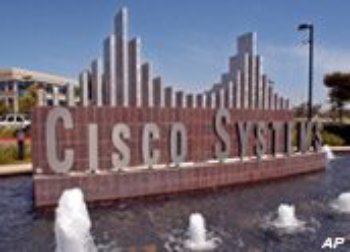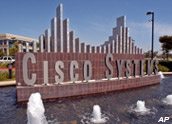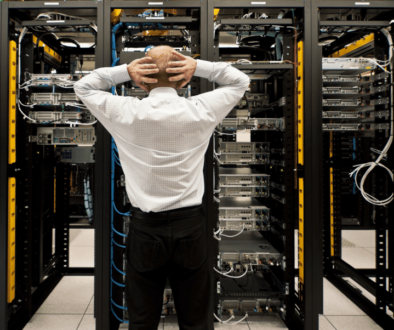New Cisco Router Boasts Breakneck Speeds
March 2010
Cisco expects to see 5 to 6 billion devices using the Internet by 2013. Most of those connections will be related to video, Chambers said.
“The next-generation Internet needs multi-directional networking. Video needs to go beyond the traditional content-delivery methods. It needs to connect the data centers closer to the edge of the Internet,” said Suray Shutty, vice president for marketing at Cisco Systems.
The industry needs this new, faster network to support the continuing growth of the Internet, said Keith Cambron, president and CEO of AT&T (NYSE: T) Labs. His company has seen a 40 to 60-percent growth rate in network demand, and video has grown 80 percent, he said.
“We are entering the next stage of global communication and entertainment services and applications, which requires a new set of advanced Internet networking technologies. AT&T’s network handled 40 percent more traffic in 2009 than it did in the previous year, and we continue to see this growth in 2010,” he added.
Next-Gen Highlights
Another trait of the new router is its core and data center/cloud services intelligence. Besides the capacity requirements, mobile and video application growth is creating new multi-directional traffic patterns with the increasing emergence of the data center cloud, Chambers explained. The new Cisco Data Center Services System provides tight linkages between the Cisco CRS-3, Cisco Nexus family and Cisco Unified Computing System (UCS) to enable unified service delivery of cloud services.
This also includes carrier-grade IPv6 (CGv6) and core IP/MPLS technologies that permit new architectural efficiencies required to keep pace with the rapidly growing cloud services market. Other capabilities include a Network Positioning System (NPS) to provide Layers 3 to 7 application information for best path to content.
Keeping Pace
Cisco made similar news a year ago with its announcement and unveiling of Unified Computing. Despite its broad assortment of partners, there was initial skepticism of Cisco, the network and hardware company, getting so far into the datacenter and servers, noted Jay Lyman, analyst with The 451 Group. However, since that time and particularly at the start of 2010, there are signs Cisco got quickly up to pace with its datacenter strategy, technology, partnerships and execution, he said.
“With this routing system announcement, Cisco is again thinking big. It’s now back to the bread and butter of the network, where it’s still the 800-pound gorilla of the market, but where it is also facing competition from not only less expensive and open source alternatives, but also from new and emerging IT infrastructure models, such as SaaS and cloud computing,” Lyman told TechNewsWorld.
Given the demand for ever greater bandwidth, capacity and performance from a variety of sources, including enterprise and consumer users, and on a variety of devices, from virtual servers to smartphones, Cisco is also maintaining its leadership role with this technology and announcement, he said.






